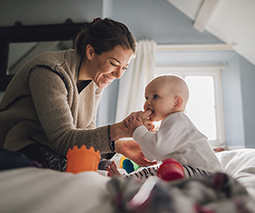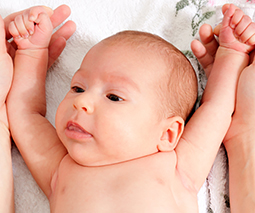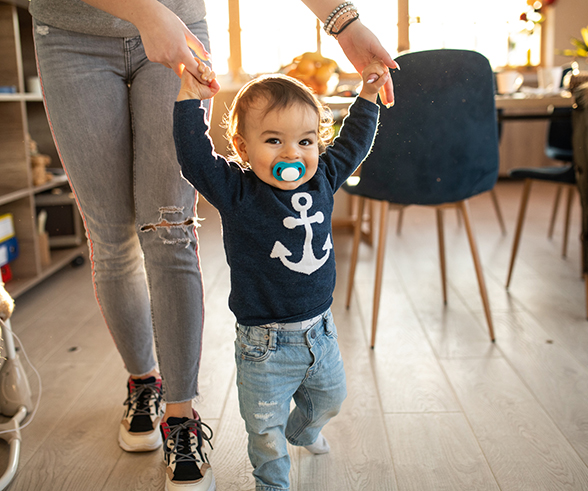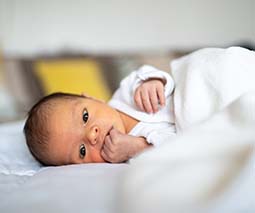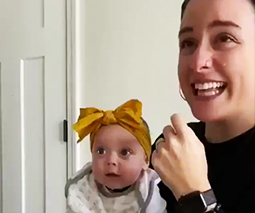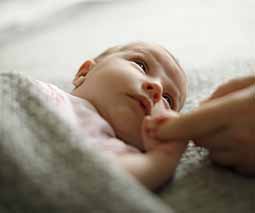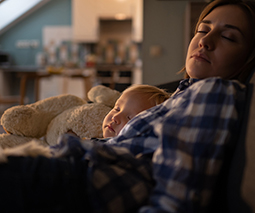Why all parents need to teach their kids resilience – and how to do it
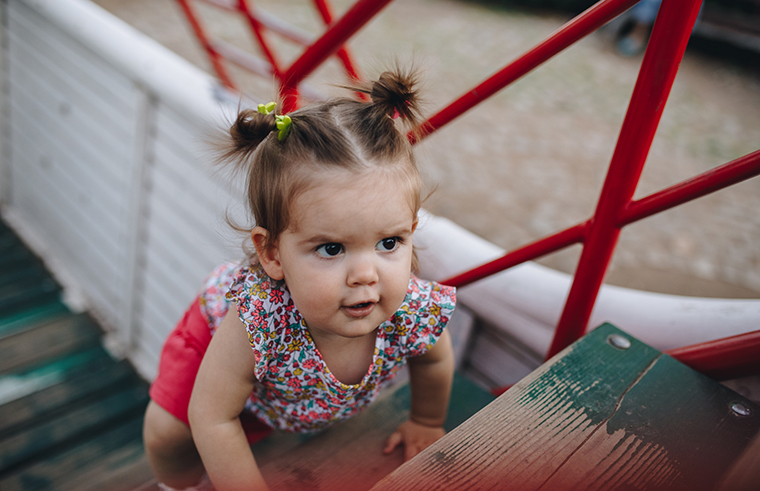
Our primal parenting instinct is to protect our young, so how and when do we start teaching them resilience?
Melbourne clinical psychologist Sally-Anne McCormack says babies begin learning resilience the first time their mum leaves the room, even if just for a moment.
Teaching resilience starts early
Sally-Anne says teaching resilience should not be through forced situations – no Bear Grylls’ challenges! – and should be age-appropriate.
“It is minor things, so for younger ones, it comes through modelling behaviour by being resilient ourselves,” she says.
“For primary school aged-children, it’s things like them having to face consequences from their teacher for not having done their homework. It’s all relatively minor and not life-or-death.”
Teaching resilience is not about traumatising children, especially for those who suffer with anxiety.
“All we need to do is to allow our children to be responsible for themselves,” Sally-Anne says. “I think parenting – which is a verb and not a noun – is about teaching children to be responsible and independent young adults.
“In terms of resilience, the only way for children to become resilient and really bounce back from things that go wrong is by putting them in positions where they have to deal with situations or people or events.”
“For example, there are parents who, with the best of intentions, protect their child from the teacher when they don’t hand in their homework,” she says.
“When the teacher asks Johnny, ‘Where’s your homework?’ And Mum comes up and says, ‘We were busy last night’ … well, no! Johnny needs to explain why he didn’t do his homework and he needs to face the consequences for it.”
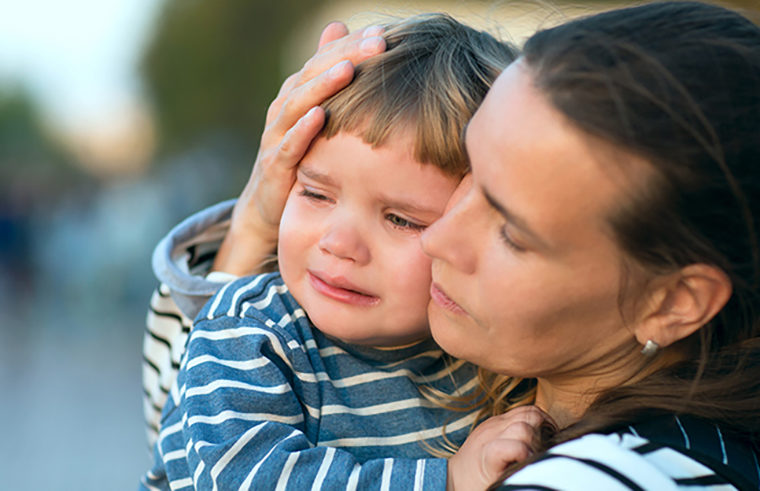
Parents should lead by example
Sally-Anne says it is important to help children come up with their own strategies to deal with adverse situations.
“There is no other way of learning resilience without letting children face the consequences of their actions,” she says.
“If they are minor consequences, as little kids then they are going to develop coping strategies but, if we don’t let them face those situations, they are never going to learn them – absolutely don’t wrap them in cotton wool.”
Parents should also lead by example.
“One of most powerful thing in a child’s life is modelling,” she says.
“For example, if we have an issue with not getting the car spot we wanted, if we yell and scream and swear, we are not demonstrating a good way of coping with an adverse condition.
“We need to model appropriately and, one of the things I did and I encourage others to do, is to have healthy self-talk and to speak our thoughts out loud.
“For example, I would have said something like, ‘Oh, that’s so frustrating not being able to get that car spot but never mind, there will be another car spot around the corner’.”
“The only way to teach young children is by modelling our thought processes so, in terms of resilience and bouncing back, if we show them how we cope with situations that are annoying or frustrating for us then we are teaching them how to do it too.”
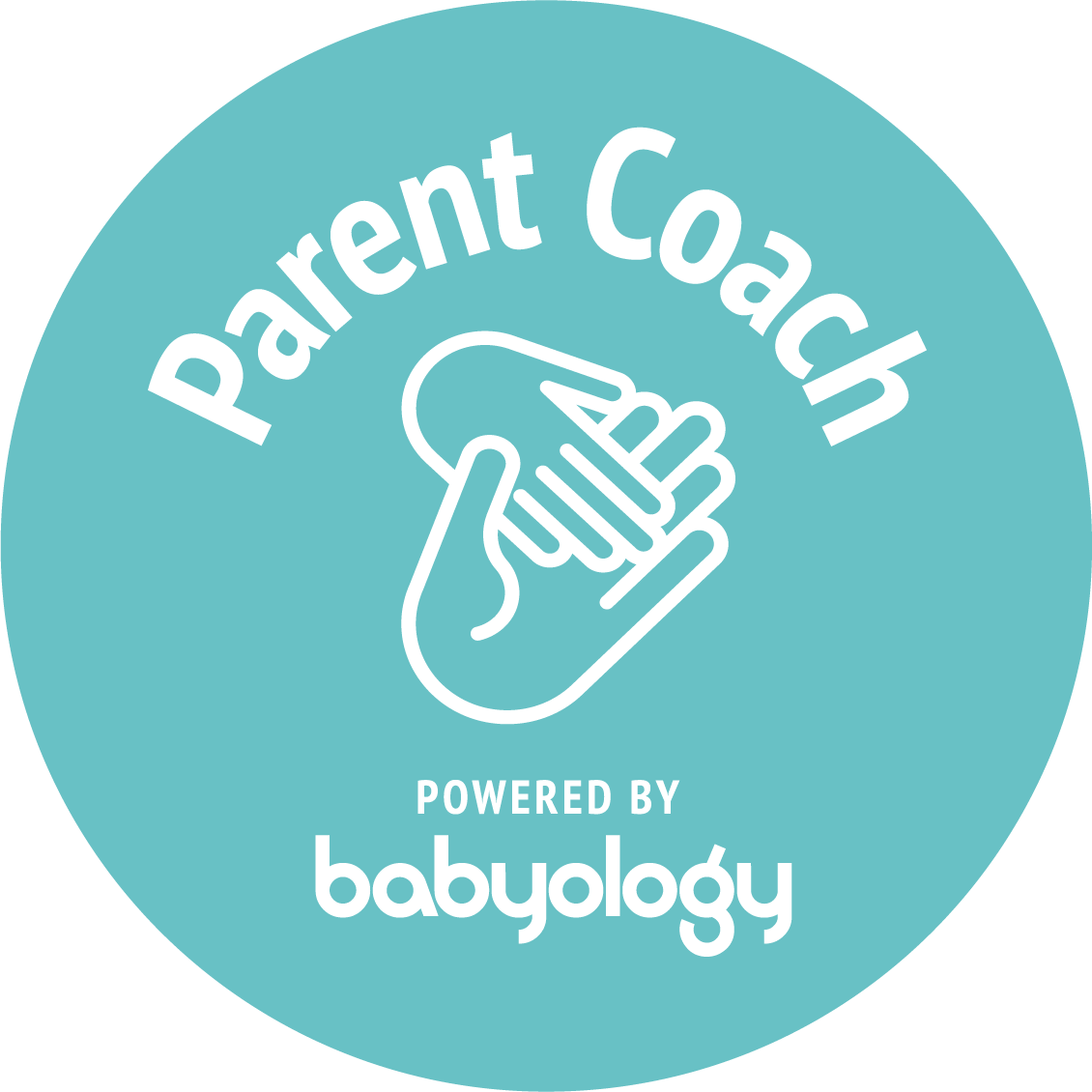 Need some support to be the best parent you can be? Our Parent School parent coaching experts can help. Click to find out more or book a one-on-one session.
Need some support to be the best parent you can be? Our Parent School parent coaching experts can help. Click to find out more or book a one-on-one session.
